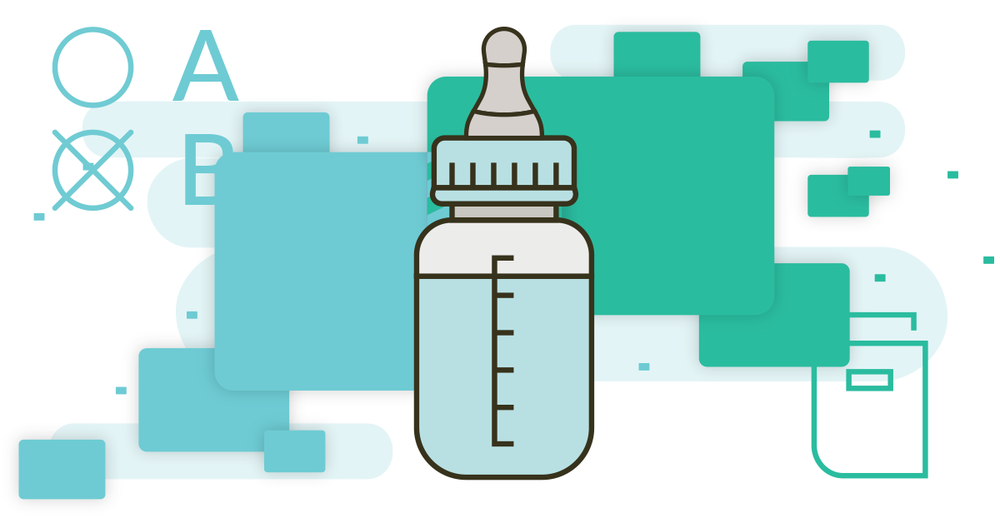The Pediatrics Shelf: Anything But Child’s Play

No other shelf exam will have you questioning what’s normal like Pediatrics.
While the Pediatrics Shelf isn’t known to be an exceptionally challenging exam, it does come with its own particular set of curveballs. Children and adolescents are a special bunch; as patients, they’re not always forthcoming or articulate about how they’re feeling, and in the case of smaller children, they’ll likely find the examination a stressful experience. You’ll have to anticipate their moods and adapt your manner accordingly—handle the examination with kid gloves, so to speak. And just like its patients, the entire specialty comes with its own set of sometimes unreliable variables that can make discerning an illness or condition all the more difficult. Symptoms that would seem abnormal for an adult could actually be completely normal for a growing child.
You can count on the Pediatrics Shelf exam playing on these very, sometimes head-spinning, themes. The question stems will feature tricky phrasing that could leave you second-guessing your diagnoses, and on top of that, rare conditions and illnesses that will come up on the exam may never come up while you’re on the wards.
With that in mind, you’ll want to give yourself enough time to cover as much material as possible in the weeks ahead of exam day. Here’s what we recommend you spend your time on: master the differential diagnoses of high-yield topics like gastrointestinal complaints and gait abnormalities, focus on classic illness scripts, and don’t forget to cover Cyanotic Congenital Heart Defects, developmental milestones, trauma, type 1 diabetes, viral exanthems, immunization schedules and Sickle Cell Anemia. Check out more tips on how to ace the Pediatrics Shelf exam here.
To help you through those trickier facts and figures is AMBOSS. With 517 pediatrics-specific Qbank questions and 168 pediatrics-based Articles, it’s a complete resource that can help you at home, school or even on the wards. Smart features like Highlighter Mode and the Attending Tip help reveal the high-yield information most relevant to your diagnoses. Plus, you can practice diagnosing with sample data images that feature overlays.
